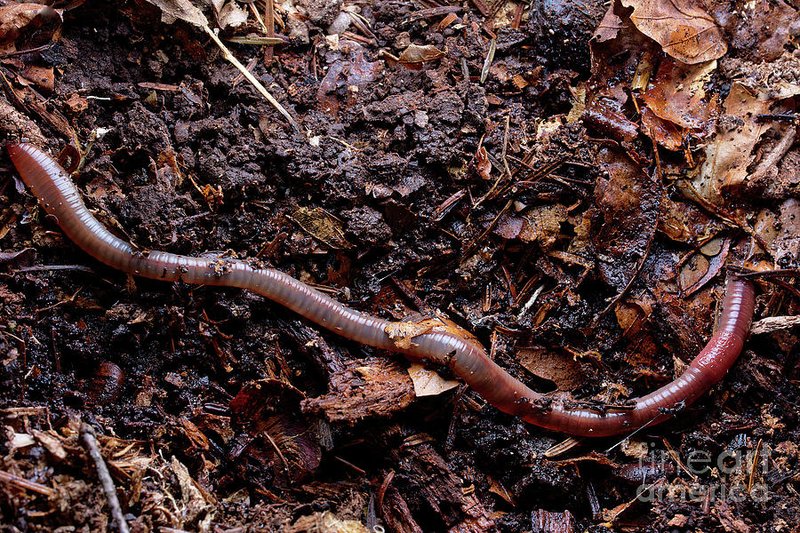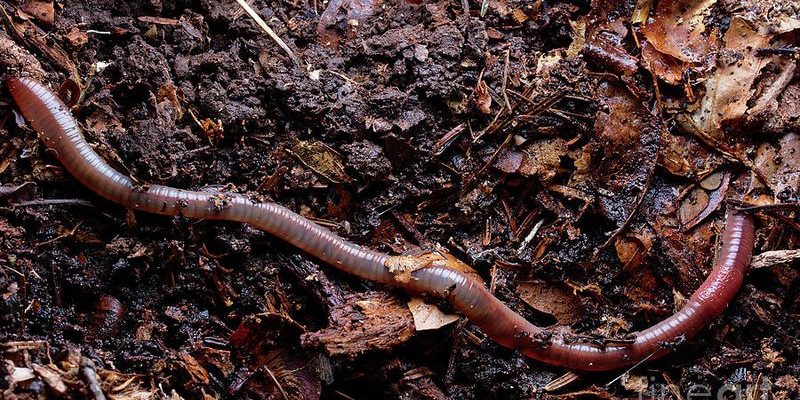
Earthworms are more than just bait for fishing; they are vital players in the ecosystem. Think of them as nature’s recyclers. As they burrow through the soil, they break down organic material like leaves and dead plants, turning them into nutrient-rich compost. This process not only enriches the soil but also helps improve water filtration and promotes plant growth. In wetlands and riparian zones, where moisture is abundant, earthworms add to the richness of the soil and enhance the overall health of the ecosystem. So grab a cup of coffee, and let’s unravel the wonders of earthworms in these special habitats!
What Are Wetlands and Riparian Zones?
To truly appreciate the role of earthworms, we first need to understand what wetlands and riparian zones are. Wetlands are areas where water covers the soil, either permanently or seasonally. Think of marshes, swamps, and bogs. These areas serve as a buffer against flooding, filter pollutants, and provide habitat for countless species.
On the other hand, riparian zones are the interfaces between land and a river or stream. These zones are crucial for maintaining healthy waterways. They stabilize banks, improve water quality, and offer a habitat for wildlife. So, when we talk about earthworms in these regions, we’re discussing their impact on highly dynamic ecosystems that support a variety of plants and animals.
The Life of an Earthworm
Earthworms might not seem like much, but they lead fascinating lives below the surface. They thrive in moist environments, which is why they are commonly found in wetlands and riparian zones. These slimy creatures breathe through their skin and need moisture to survive. When it rains, they often come to the surface, which is why you might spot them on pavement during downpours.
Earthworms consume soil and organic matter, which passes through their bodies and is broken down. This process is essential for soil health. They produce something called **vermicompost**, a nutrient-rich fertilizer that plants love. You might be wondering how this all ties into wetlands—well, the unique conditions there allow earthworms to flourish, benefiting the entire ecosystem in the process.
The Benefits of Earthworms in Wetlands
Earthworms are like little environmental engineers in wetlands. Their burrowing action aerates the soil, allowing water and nutrients to penetrate deeper. This is super important in wetlands, where standing water can lead to compacted soil. More aeration means healthier roots for plants, which can thrive in the nutrient-rich environment that earthworms help create.
Additionally, earthworms play a role in **nutrient cycling**. As they digest organic material, they break it down into simpler forms that are more accessible to plants. Wetlands are typically rich in decaying plant life, making them ideal homes for earthworms. The nutrients they release back into the soil boost plant growth, creating a lush environment that supports a variety of wildlife.
The Role of Earthworms in Riparian Zones
In riparian zones, the benefits of earthworms become even more pronounced. These areas are crucial for managing water flow and quality, and earthworms contribute significantly to that balance. Their burrowing helps control erosion by stabilizing the soil along riverbanks. This stability prevents sediment runoff into the waterway, which can harm aquatic life.
Moreover, earthworms assist in filtering pollutants. As they consume organic matter, they also break down harmful substances, allowing cleaner water to flow into streams and rivers. Healthy riparian zones with abundant earthworm populations support diverse plant and animal life, making these zones critical for biodiversity.
How Earthworms Improve Soil Health
Healthy soil is foundational to any ecosystem, and earthworms play a major role in improving it. Their natural composting process enriches the soil with essential nutrients, making it more fertile. When earthworms mix organic matter into the soil, they enhance its structure. This leads to better water retention and drainage, which is vital for plant survival in wetland and riparian ecosystems.
In addition, the presence of earthworms promotes microbial activity. These tiny organisms help break down organic material further, contributing to soil fertility. The result? A well-balanced ecosystem where plants can thrive and support the larger animal food web, including those animals that rely on wetlands and riparian zones for survival.
Challenges Facing Earthworms in These Ecosystems
Despite their many benefits, earthworms face challenges in wetlands and riparian zones. Habitat destruction, often caused by development and pollution, poses a significant threat. When these natural habitats are altered, the delicate balance that supports earthworm populations can be disrupted.
Climate change also impacts these ecosystems. Variations in rainfall patterns can lead to either flooding or drought, both of which can be harmful to earthworm populations. In turn, this affects the overall health of the ecosystem. Conservation efforts aimed at protecting wetlands and riparian zones are critical to ensuring that earthworms can thrive.
Conservation and the Future of Earthworms
Protecting wetlands and riparian zones is essential for preserving earthworm populations, which in turn supports the entire ecosystem. Conservation efforts can include restoring damaged habitats, reducing pollution, and promoting sustainable land use practices. Educating communities about the importance of these ecosystems can also foster a greater appreciation for earthworms and their role.
You might be wondering how to get involved. Simple actions, like participating in local clean-ups or supporting organizations that focus on conservation, can make a difference. Every little effort counts when it comes to protecting these vital ecosystems and the earthworms that inhabit them.
Earthworms in wetlands and riparian zones are more than just soil dwellers; they’re essential to maintaining healthy ecosystems. Their contributions to soil enrichment, water filtration, and habitat stability are invaluable. As we continue to explore and understand these complex environments, let’s remember the often-hidden role of earthworms in keeping our world lush and thriving. By protecting their habitats, we not only ensure the survival of these tiny creatures but also the overall health of our precious ecosystems. So next time you spot an earthworm, take a moment to appreciate the important work it’s doing beneath the surface!

